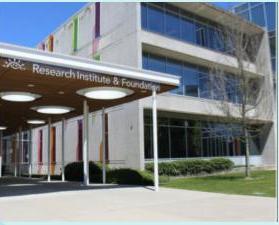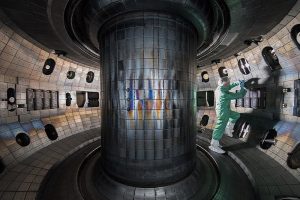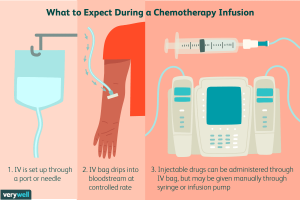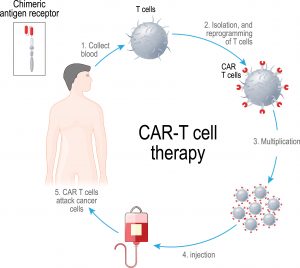It is often difficult to dissect the causes of diseases like ALS, Parkinson’s, and Huntington’s at the cellular level. We do know that a malfunction of certain cellular processes causes these diseases. However, there are so many cellular tasks that it is complicated to pinpoint an exact cause. Luckily, new research investigating membrane trafficking mechanisms gives us some insight into why these diseases occur.
What is membrane trafficking?
Think of our cells as complicated machines that operate on strict protocols. One of its functions is to transport cargo from place to place, sort of like a highway. Membrane trafficking is the process of distributing goods within a cell, into a cell, or out of a cell. These goods can range from a variety of things like proteins or macromolecules. The following is a video to explain membrane trafficking more easily:
How is membrane TRAFFICKING-RELATED to these diseases?
At the current moment, there isn’t a lot of research done in this particular field. We know that in brain cells, communication is done in the language of membrane trafficking. By distributing certain goods from brain cell to brain cell, they’re able to create an information network that allows our bodies to perform actions like moving our arms, smelling the air, etc. However, the disruption of membrane trafficking causes a break in this information network, which forms disease as previously mentioned. Fortunately, new research investigates how the breaks in the information network occur.
The VINE complex is a VPS9-domain GEF-containing SNX-BAR coat involved in endosomal sorting
We’ve had an amazing opportunity to interview Shawn P. Shortill, a Ph.D. candidate at BC Children’s Hospital through the medical genetics department at the University of British Columbia. He has been working on a research paper on the topic of membrane trafficking.
Essentially, Shortill’s research used budding yeast as a model organism to study the fundamentals of membrane trafficking pathways. Budding yeast is a great research tool as its genes can be easily altered, cells are similar to human cells, there is a lot of it, gives fast results, and is extremely cheap. The following podcast clip gives a quick insight into the specifics of Shortill’s research:
Shortill has identified a series of proteins (called VINE) located on the endosome, an important cellular component for membrane trafficking, that is essential for regulating membrane trafficking. VINE has also been speculated to be involved in ALS and Parkinson’s development.
How is this research important?
As previously mentioned, the discovery of VINE is important because of the potential to be involved in the aforementioned diseases. However, not much else can be discussed in the context of disease. Nonetheless, this is a step forward in understanding why certain diseases occur at the cellular level. The next step forward is to determine if this research can be applied to human cells and if it is truly related to the disease.
We would like to thank Shawn for giving us the time to interview him and for him to fully educate us on his research.
– Olivia Kochhar, Ryan To, Darryl Ma, Jimmy Huang





